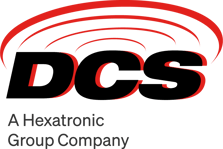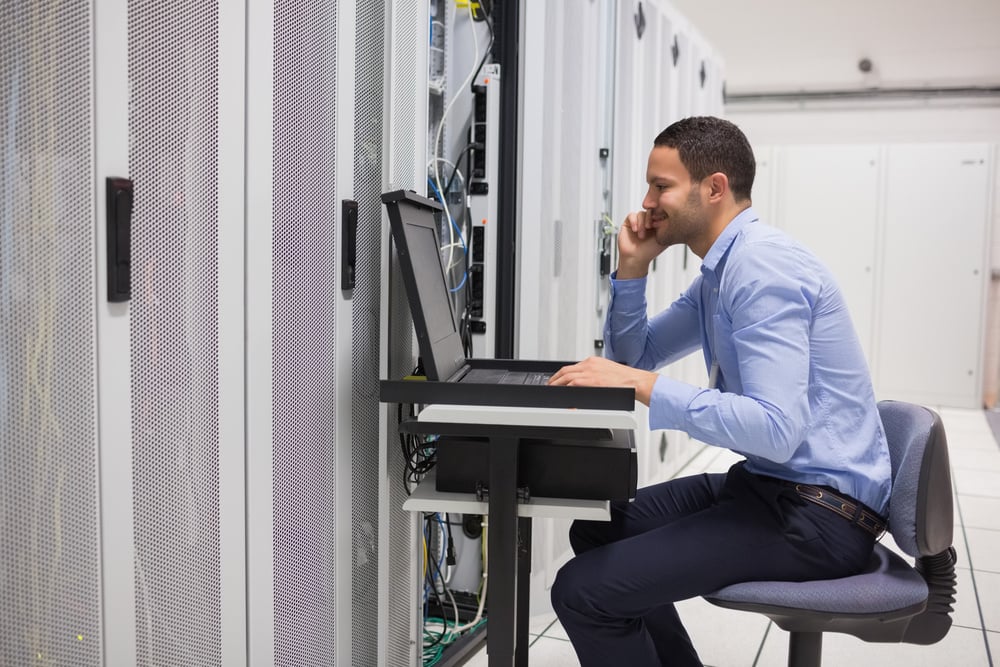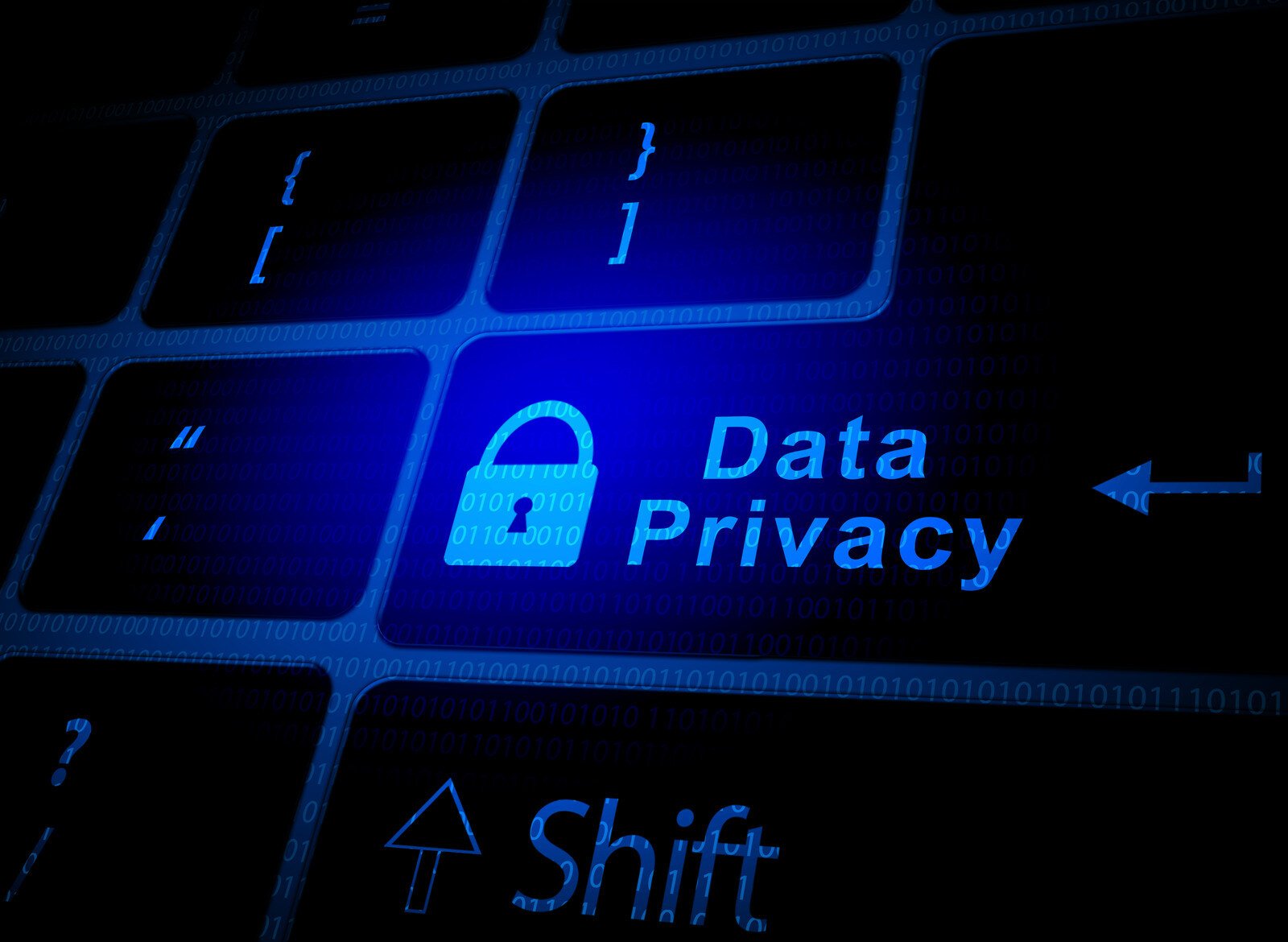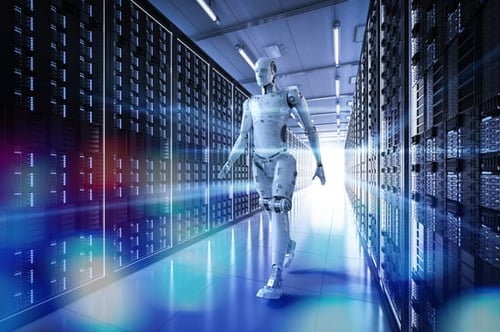Choosing the Right Renewable Energy Supplier for Data Centers

The only thing more voracious than the world’s appetite for all things digital may be the data center industry’s thirst for energy which some estimate at 3 percent of global electricity use.
This demand should only grow as data centers are called upon to store and process ever-increasing amounts of data generated to fuel the digital economy.
“A recent International Energy Agency (IEA) report forecasts that data centers’ total electricity consumption could reach more than 1,000 terawatt-hours (TWh) in 2026,” reported Data Center Frontier in March. “Data centers have the potential to double their energy usage by 2026 … This demand is roughly equivalent to the electricity consumption of Japan. Updated regulations and technological improvements, including on efficiency, will be crucial to moderate the surge in energy consumption from data centers.”
In an effort to reduce their environmental impact and meet sustainability goals, many data center operators are turning to renewable energy to power their facilities.
What exactly is renewable energy, why is it important for data centers, and how can operators choose the right supplier? Let's explore these questions.
What is Renewable Energy?
Renewable energy refers to energy derived from naturally replenishing sources such as sunlight, wind, rain, tides, waves, and geothermal heat.
Unlike fossil fuels, these sources are not finite and do not produce greenhouse gases that contribute to climate change.
The most common types of renewable energy (with some “did you know” facts from the United Nations) are:
- Solar: Harnessing energy from the sun via photovoltaic panels or solar thermal collectors.
Did you know: Solar energy is the most abundant of all energy resources and can even be harnessed in cloudy weather? The rate at which solar energy is intercepted by the Earth is about 10,000 times greater than the rate at which humankind consumes energy. - Wind: Using wind turbines to capture the kinetic energy of moving air and convert it into electricity.
Did you know: Wind energy has been used for millennia, but onshore and offshore wind energy technologies have evolved over the last few years to maximize the electricity produced - with taller turbines and larger rotor diameters. - Hydro: Generating electricity from the flow of water, often via dams on rivers.
Did you know: Hydropower currently is the largest source of renewable energy in the electricity sector? Hydropower reservoirs often have multiple uses - providing drinking water, water for irrigation, flood and drought control, navigation services, as well as energy supply. - Geothermal: Tapping into heat generated deep within the earth.
Did you know: Heat is extracted from geothermal reservoirs using wells or other means? Reservoirs that are naturally sufficiently hot and permeable are called hydrothermal reservoirs, whereas reservoirs that are sufficiently hot but that are improved with hydraulic stimulation are called enhanced geothermal systems. - Biomass: Burning organic matter like wood, crops, or waste to produce electricity.
Did you know: Most biomass is used in rural areas for cooking, lighting, and space heating, generally by poorer populations in developing countries? Modern biomass systems include dedicated crops or trees, residues from agriculture and forestry, and various organic waste streams. - Ocean: Ocean energy derives from technologies that use the kinetic and thermal energy of seawater - waves or currents for instance - to produce electricity or heat.
Did you know: Ocean energy systems are still at an early stage of development, with a number of prototype wave and tidal current devices being explored? The theoretical potential for ocean energy easily exceeds present human energy requirements.
Why Renewable Energy for Data Centers Matters
Data centers have come under scrutiny for their significant power consumption and resulting carbon emissions.
With climate change an urgent global issue, many companies have set ambitious targets to reduce their environmental footprint, including reaching net-zero emissions.
Powering data centers with renewable energy is a key way to make operations more sustainable.
“Record-breaking electricity generation from low-emissions sources – which includes nuclear and renewables such as solar, wind and hydro – is set to cover all global demand growth over the next three years,” reports the IEA. “Renewables are set to provide more than one-third of total electricity generation globally by early 2025, overtaking coal.”
In addition to the environmental benefits, using renewables can also make financial sense for data centers. While building new renewable energy installations requires upfront investment, ongoing operational costs are often lower compared to fossil fuel power.
Renewables can also hedge against future volatility in fossil fuel prices.
Finally, companies may reap reputational benefits from greening their operations.
How Renewable Energy Procurement Works
To power a data center with renewable energy, operators have two main options:
- Build their own on-site renewable energy installation, such as rooftop solar panels or wind turbines.
- Procure renewable energy from an off-site third-party supplier, either through a direct power purchase agreement (PPA) or via renewable energy credits (RECs).
Building on-site renewables provides direct access to clean power but requires significant capital investment and depends on having sufficient space and suitable conditions (e.g. ample sunlight for solar).
As such, many data centers opt to procure renewable energy from an outside supplier.
With a PPA, the data center agrees to purchase power at a negotiated rate from a specific renewable project for a set term, usually 10-20 years. This provides the supplier with guaranteed revenue to finance the project.
RECs are tradable certificates that represent the green attributes of renewables. By purchasing RECs, companies can claim the environmental benefits of renewable energy even if the electrons don't feed directly into their facilities.
Choosing the Right Renewable Energy Supplier
With renewable energy procurement, not all suppliers are created equal. Key factors for data centers to consider include:
- Supplier track record, financial stability, and reputation.
- Specific renewable technology being offered (solar, wind, etc.).
- Pricing and contract terms.
- Location of renewable energy assets and alignment with data center's regional emissions goals.
- Additionality (does the agreement help bring new renewable energy capacity onto the grid?).
- Bundled vs. unbundled RECs (bundled are usually seen as higher quality).
Data centers should carefully vet potential suppliers, asking questions like:
- Can you provide references from current clients?
- How long have you been in business?
- What is the ratio of your current capacity to pipeline?
- How do you define and verify additionality?
- What flexibility exists in PPA terms?
- What are your practices for community engagement/land use at installation sites?
By doing thorough due diligence, data centers can find suppliers that are the right fit for their sustainability goals, risk tolerance, and budget.
With the stakes for the planet higher than ever, renewable energy is an increasingly essential consideration for any data center operator.
Choosing a trusted, proven renewable energy supplier is a critical step on the path to a more sustainable digital future.
Subscribe to News
Recent posts
LATEST NEWS
Thursday May 9, 2024
Friday March 15, 2024







